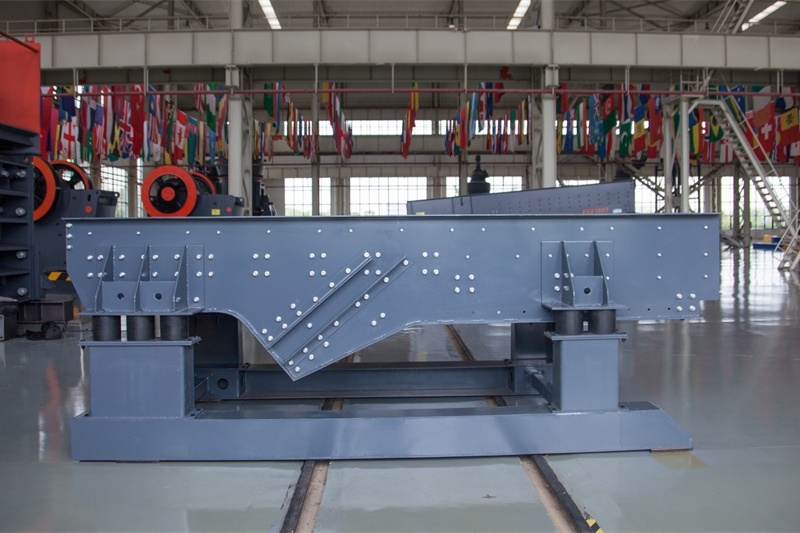
Selecting the right impact crusher is crucial for mining enterprises aiming to enhance efficiency and reduce operational costs. The hardness of different ores significantly influences the choice of impact crushers. This article delves into how the hardness of limestone, granite, and basalt affects the selection of impact crushers and provides a guide for equipment configuration.
Limestone, with a Mohs hardness of around 3, is a relatively soft ore. Its low hardness means that it can be easily crushed. However, its high moisture content may cause clogging in the crusher. Granite, on the other hand, has a Mohs hardness of 6 - 7. It is a hard and tough ore, which requires a crusher with high power and strong impact resistance. Basalt, with a Mohs hardness of 5 - 7, is also a hard ore, and its high density and toughness pose challenges to the crushing process.

When selecting an impact crusher, several key parameters need to be considered. The cavity design is vital as it affects the crushing efficiency and the shape of the final product. For softer ores like limestone, a larger cavity can be used to increase the throughput. For harder ores such as granite and basalt, a smaller and more compact cavity is preferred to enhance the impact force.
The screen plate gap also plays an important role. A smaller gap can produce finer particles but may reduce the throughput. Adjusting the screen plate gap according to the ore hardness and the desired particle size is essential. Additionally, the feeding method should be optimized. For hard ores, a slow and continuous feeding method can prevent overloading the crusher.
The crushing process usually consists of three stages: coarse crushing, medium crushing, and fine crushing. In the coarse - crushing stage, a jaw crusher is often used to break large ore blocks into smaller pieces. For medium crushing, an impact crusher is a good choice. In the fine - crushing stage, a cone crusher or a vertical shaft impact crusher can be used to further reduce the particle size.
| Crushing Stage | Recommended Equipment | Applicable Ores |
|---|---|---|
| Coarse Crushing | Jaw Crusher | All types of ores |
| Medium Crushing | Impact Crusher | Limestone, Granite, Basalt |
| Fine Crushing | Cone Crusher / Vertical Shaft Impact Crusher | Granite, Basalt |
During the operation of impact crushers, several common problems may occur. Over - crushing can lead to excessive fine particles, which may affect the quality of the final product. Clogging is another issue, especially when dealing with ores with high moisture content. Uneven discharge can also cause problems in the subsequent processing steps.
To solve these problems, regular maintenance and inspection are necessary. Adjusting the crusher parameters such as the screen plate gap and the feeding speed can help prevent over - crushing and clogging. Cleaning the crusher regularly can also reduce the risk of blockages.
Zhengzhou Kuanglian's CI5X high - efficiency impact crusher is designed to meet the challenges of crushing different ores. With its advanced cavity design, it can provide a high - efficiency crushing process for both soft and hard ores. The adjustable screen plate gap allows for precise control of the particle size. Its robust structure and high - quality materials ensure long - term reliable operation.
If you are looking for a reliable and efficient impact crusher for your mining operations, click here to learn more about Zhengzhou Kuanglian CI5X High - Efficiency Impact Crusher.